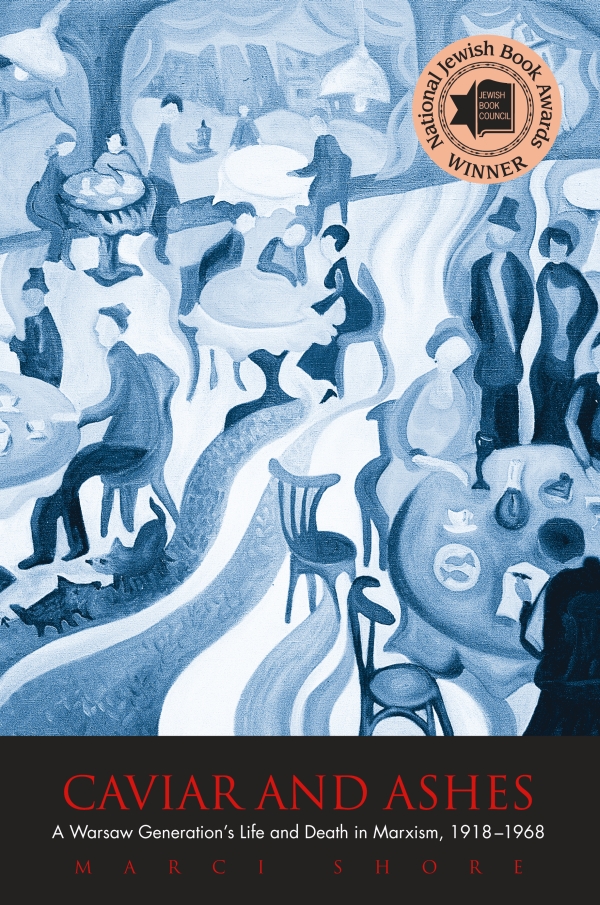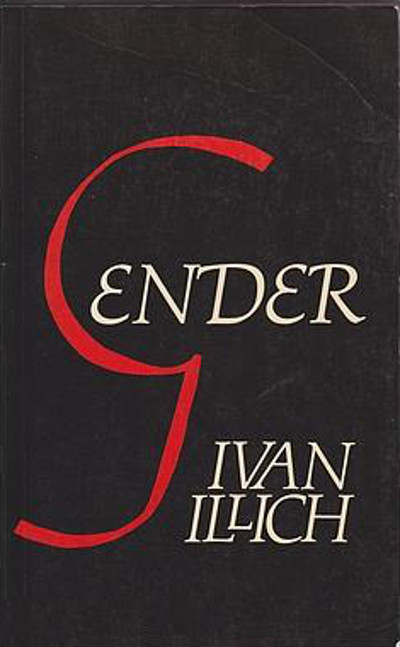Gennifer Weisenfeld: Mavo: Japanese Artists and the Avant-Garde, 1905-1931 (2002)
Filed under book | Tags: · 1910s, 1920s, anarchism, architecture, art history, avant-garde, collage, communism, constructivism, dada, expressionism, futurism, graphic design, japan, marxism, socialism, theatre

“The radical Japanese art group Mavo roared into new arenas and new art forms during the 1920s, with work ranging from performance art to painting, book illustration, and architectural projects. Hurling rocks through glass roofs and displaying their rejected works, Mavo artists held peripatetic protest exhibitions against the Japanese art establishment. Ultimately, Mavo’s work became a major influence in Japanese commercial art and had a pronounced and lasting impact on Japanese visual and political culture. This abundantly illustrated volume, the first book-length study in English on Mavo, provides a critical evaluation of this often outrageous and iconoclastic movement, tracing Mavo’s relationship to broader developments in modernism worldwide.
Gennifer Weisenfeld provides a fascinating look into Japanese popular culture by showing how Mavo artists sought to transform Japanese art in response to the rise of industrialism. They deliberately created images that conveyed the feelings of crisis, peril, and uncertainty that were beginning to characterize daily life. Their art often alluded to mechanical environments through the use of abstracted imagery such as interconnected tubular forms and shapes reminiscent of riveted steel-plate girders. Looking in depth at the art itself, the flamboyant personalities of the artists, and the cultural and political history of Japan in this interwar period, Weisenfeld traces the strategies used by these artists as they sought to reintegrate art into daily experience.
Weisenfeld thoroughly documents the links between Mavo artists and a wide range of other artistic and political movements with which they associated themselves, such as futurism, dada, expressionism, socialism, and communism. Capturing the restlessness and iconoclastic fervor of Mavo, Weisenfeld is the first to fully locate this modern Japanese artistic community within the broader historical and intellectual framework of international art of the early twentieth century.”
Publisher University of California Press, 2002
ISBN 0520223381, 9780520223387
368 pages
Reviews: Patricia Failing (caa.reviews), Alexandra Munroe (J Japanese Studies), J. Keith Vincent (J Asian Studies).
PDF (95 MB, no OCR, updated on 2017-7-17)
multiple formats (Internet Archive, added on 2017-7-17)
See also Weisenfeld’s essay Mavo’s Conscious Constructivism: Art, Individualism, and Daily Life in Interwar Japan (1996, 10 pp) and
Hagiwara Kyōjirō’s Death Sentence (1925).
Marci Shore: Caviar and Ashes: A Warsaw Generation’s Life and Death in Marxism, 1918-1968 (2006)
Filed under book | Tags: · art, art history, avant-garde, communism, futurism, history of literature, literature, marxism, poland

“‘In the elegant capital city of Warsaw, the editor Mieczyslaw Grydzewski would come with his two dachshunds to a café called Ziemianska.’ Thus begins the history of a generation of Polish literati born at the fin de siècle. They sat in Café Ziemianska and believed that the world moved on what they said there. Caviar and Ashes tells the story of the young avant-gardists of the early 1920s who became the radical Marxists of the late 1920s. They made the choice for Marxism before Stalinism, before socialist realism, before Marxism meant the imposition of Soviet communism in Poland. It ended tragically.
Marci Shore begins with this generation’s coming of age after the First World War and narrates a half-century-long journey through futurist manifestos and proletarian poetry, Stalinist terror and Nazi genocide, a journey from the literary cafés to the cells of prisons and the corridors of power. Using newly available archival materials from Poland and Russia, as well as from Ukraine and Israel, Shore explores what it meant to live Marxism as a European, an East European, and a Jewish intellectual in the twentieth century.”
Publisher Yale University Press, 2006
ISBN 0300110928, 9780300110920
457 pages
Reviews: Irena Grudzińska-Gross (The Polish Review), Robert Blobaum (The American Historical Journal), Matthew Kaminski (The Wall Street Journal).
PDF (updated on 2020-12-2)
Comment (0)Ivan Illich: Gender (1982)
Filed under book | Tags: · commons, economics, economy, gender, labour, marxism, medicine, men, production, rent, sex, sexuality, women, work

“The break with the past, which has been described by others as the transition to a capitalist mode of production, I describe here as the transition from the aegis of gender to the regime of sex.” Ivan Illich insists that we survey attitudes to male and female in both industrial society and its antecedents in order to recover a lost ‘art of living’. He argues that only a truly radical scrutiny of scarcity, with special attention in this study to the sexes and society, past and present, can prevent an intensification of this grim predicament.
Publisher Marion Boyars, London, 1982
ISBN 9780714520902
192 pages
Reviews: Arlie Russell Hochschild (New York Times, 1983), Ninna Nyberg-Sørensen (Acta Sociologica, 1987).
EPUB (updated on 2019-10-1)
PDF (30 MB, added on 2019-10-1)

